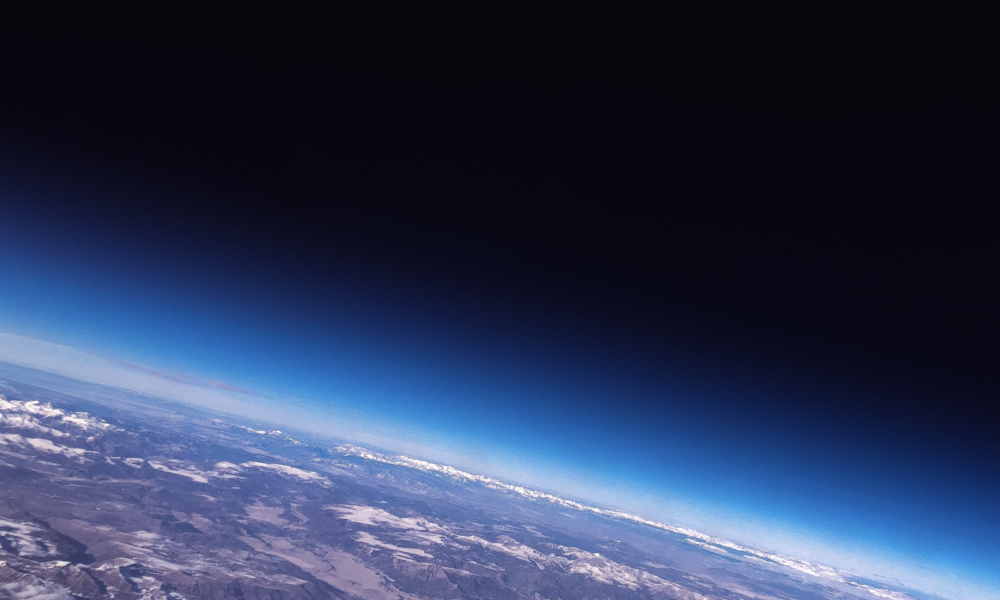
ESA Open Invitation to Tender AO9005
Open Date: 21/08/2017
Closing Date: 02/10/2017 13:00:00
Status: ISSUED
Reference Nr.: 17.133.09
Prog. Ref.: GSTP Element 1 Dev
Budget Ref.: E/0904-611 – GSTP Element 1 Dev
Special Prov.: DE+PT
Tender Type: C
Price Range: > 500 KEURO
Products: Launchers / Materials / Metallic
Launchers / Structures / Propellant tanks
Launchers / Propulsion / Liquid propulsion systems
Techology Domains: Materials and Processes / Materials Processes / Advanced Materials Manufacture
Establishment: ESTEC
Directorate: Directorate of Tech, Eng. & Quality
Department: Product Assurance and Safety Department
Division: Materials & Components Technology Divisi
Contract Officer: van Hilten, Linda
Industrial Policy Measure: N/A – Not apply
Last Update Date: 21/08/2017
Update Reason: Tender issue
Advanced forming technologies are desirable as they allow complex shapes to be produced with high degrees of accuracy, while reducing the manufacturing steps (and associated costs) and the material waste compared to traditionally used manufacturing routes (i.e. forging or casting followed by machining and/or joining). They can enable revolutionary structural designs to be achieved and they can significantly improve the performances of currently existing design solutions overall leading to large mass and stress reduction.Some of the most interesting techniques such as Magnetic Pulse Forming and Flowforming (these can also be applied after solid state joining techniques, e. g. Friction Stir Welding) complement and expand the currently used technologies such as Spin Forming and Superplastic Forming (as well as Superplastic Forming Diffusion Bonding).All the mentioned manufacturing processes will lead to maximumimpact in terms of costs/lead time reduction as well as increasing performances if applied to launchers upper stages structural tanks and their interfaces as well as large satellites and spacecraft tanks. Moreover, spin forming could allow the manufacturing of innovative designs such as the Cassini shaped tank and bifurcation, representing a change of architecture compared to existing concepts.The concept design to maturate consists of a Cassini shaped dome without a dedicated Y-ring part. Skirt structures are (spot-)welded to the cylinder part. It is known that the Cassini dome shape has the advantage of no compressive hoop stress throughout the entire meridian, when shape parameters are correctly selected. This represents a significant improvement with respect to the state of the art. The main tasks to be implemented in the frame of this activity can be divided into two phases:Phase 1:In the first phase two parallel ways will be investigated. A new tank architecture (Cassini shape) will be defined and the most suitable (current) manufacturing processes will be assessed and optimised for this innovative design. In parallel, existing architectures will be assessed with respect to innovative forming technologies (including magnetic pulse forming and flowforming).The following tasks will be performed: A trade-off of the two options will be performed mainly addressing design performances, costs, manufacturing optimisation, etc. A development and ROM costing plan will be issued based on the above trade-off.Phase 2:In Phase 2, the ideal design/manufacturing processes combinations for the product selected in Phase 1 will be assessed.The following tasks will be performed: A detailed design will be performed for the selected product (Cassini shape or traditional architecture). Selection of the traditional or advanced forming processes required to allow the manufacturing of the constituent parts of the tanks (domes, shells, etc.) and theirassembly and optimisation for the product. Material samples testing at subscale level in pre- and post-forming conditions. Modelling of the manufacturing processes for in-production quality monitoring. Manufacturing of full scale domes demonstrators (preferably at 4 meters). Dimensional check of the manufactured demonstrators. Perform state of the art NDI and quality/metallurgicalassessment on the manufactured demonstrators. Destructive investigation of the tanks and correlation with NDI.
If you wish to access the documents related to the Invitation to Tender, you have to log in to the ESA Portal.
